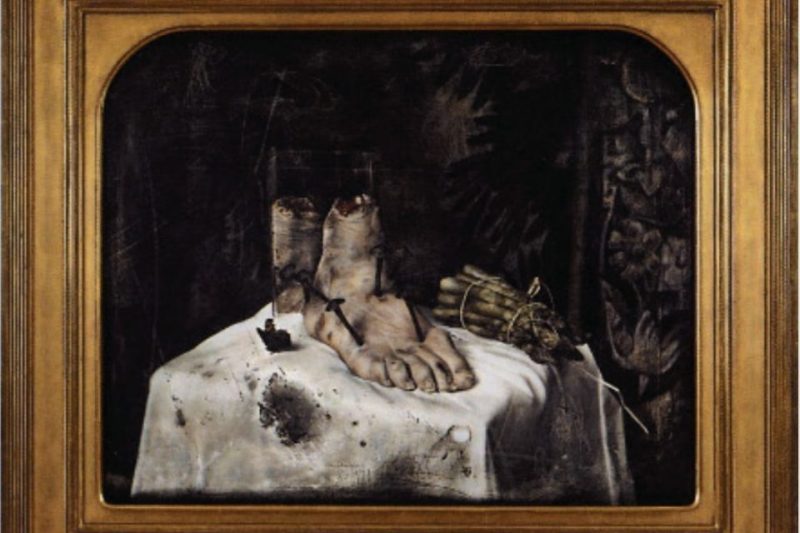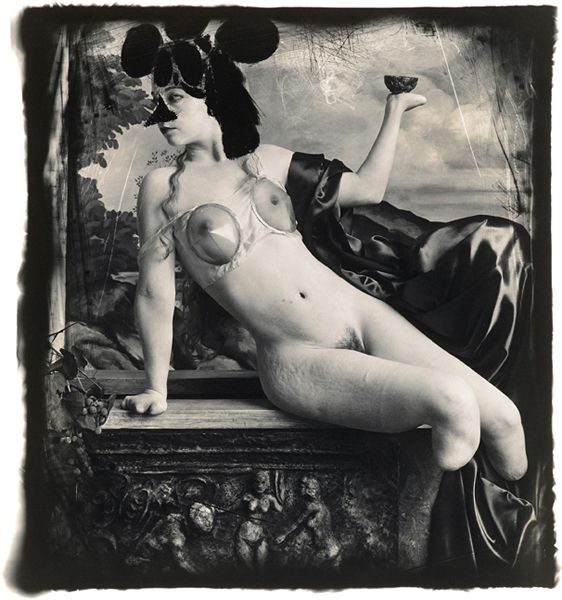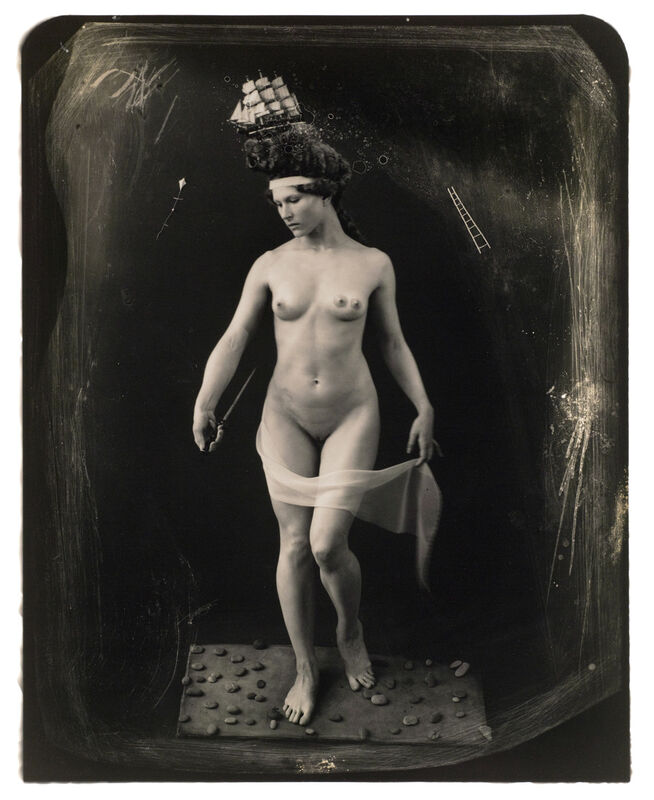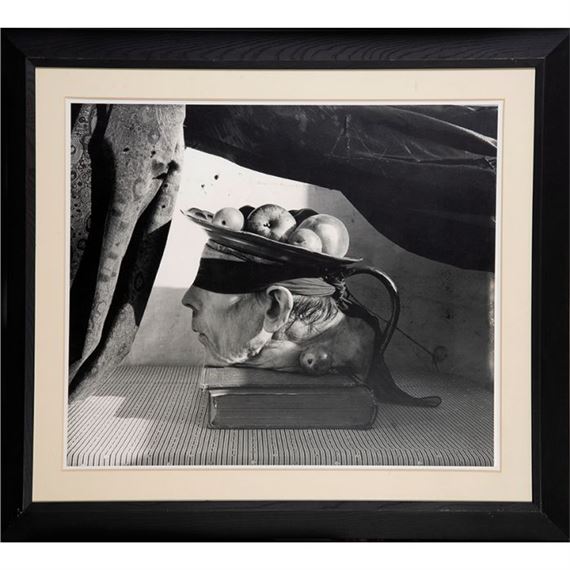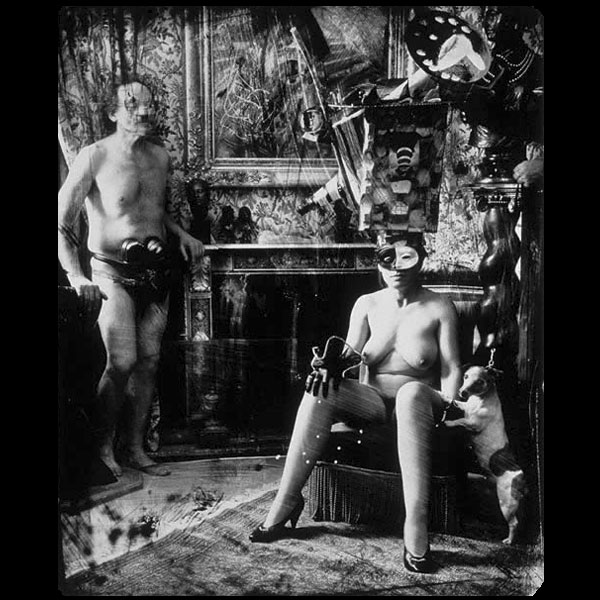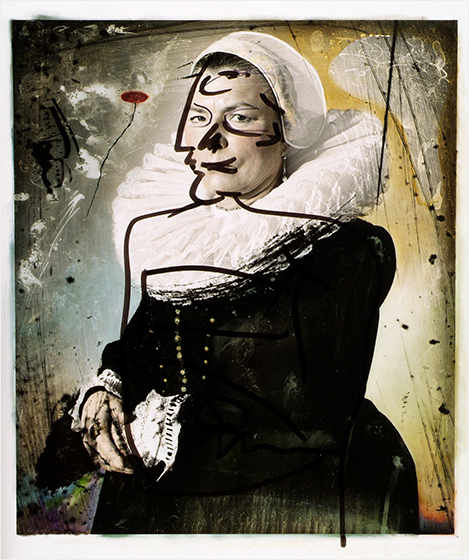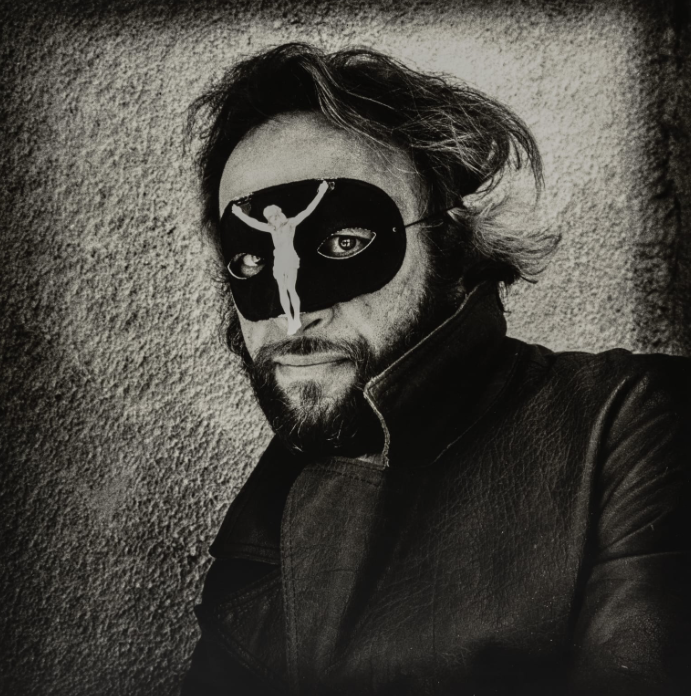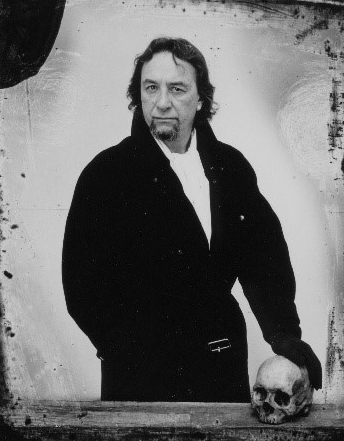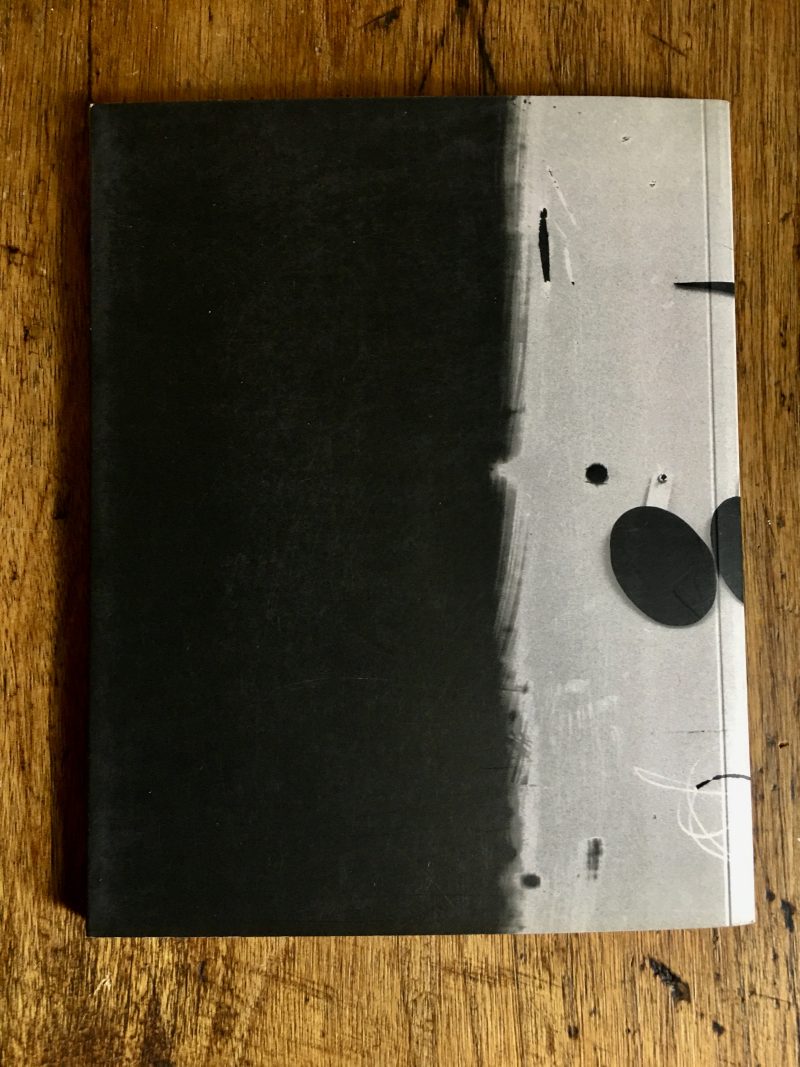Joel-Peter Witkin ‘Oeuvres Récentes’ Paris, 1998-1999
Author : Joel-Peter Witkin
Editeur : Baudoin Lebon
Langue : Français/Anglais
Pays : France
Pages : 70
Format : 21 x 16 cm
Reliure : Broché
Asking $45. Out of Print.
Joel-Peter Witkin was born in New York in 1939. His Jewish father was an immigrant from Lithuania and his Catholic mother was from Italy. He has a son and a twin brother, Jerome-Paul Witkin, who is a well-known painter.
Witkin’s parents divorced when he was a child because of religious differences. After primary schooling at Saint Cecilia’s in Brooklyn he went to Grover Cleveland High School. During his military service he was assigned to various reporting tasks and received basic training in photography. Despite a persistent legend, and the fact that Vietnam War was in full swing at the time, Witkin was not sent to the battlefields as a war correspondent, but was asked to document everyday life of regiment base in Europe and elsewhere, particularly the rate of accidents and suicides.
When he left the army, he studied art at the Cooper Union, and earned a Bachelor of Art degree. In 1974 he received a grant from the University of Colombia. He then moved to Albuquerque (New Mexico), where he still lives today, and enrolled at the University of New Mexico. He graduated as a Master of Fine Arts.
This was when his career as a photographer began in earnest.
Witkin has often recounted his early research and the way he began to use staged photography and abnormal models, recruited through chance encounters or through classified ads. In particular he talks about his time with a freak show, and making friends with his stars. He subsequently developed a highly individual style of photography and printmaking. He does his own printing, making only a few copies, and takes few photographs.
Although he is not a reporter or event photographer, he travels widely. He is receptive to different cultures and the atmosphere that emanates from them. He takes photographs in many different countries, systematically setting the stage with great attention to details.
Witkin’s artistic culture is immense, and his knowledge of the plastic vocabulary and themes of great art – classical and modern – transpires in his choices of subjects, staging, and viewing angles. He sometimes reinterprets works by classical painters such as Goya, Courbet, Manet… Whether clearly stated in the titles or merely an underlying presence, this element is a constant in his oeuvre.
Instead, he applies collage effects manually on the final print. The image is thought out beforehand, usually prepared with meticulous pencil or charcoal drawings. The highly individual elaboration of the image, that makes his photographs immediately identifiable, is done during the printing stage. He has developed great skill with a number of very personal procedures (scratching, tearing or standing the negative, inserting filters and various obstacles between the support and the enlarger), and will go to any lengths in his printing methods. He enters the darkroom, and does not stop working until he achieves the perfect print. This is a particularly crucial point, because many photographers delegate this phase of production to a printer: for Witkin the material process of creation is of capital importance. What Witkin exhibits is certainly a “subject”, but it is also a very substance of the photograph, an object in itself. What Manet did for painting, that is, demonstrate the importance of the paint and the canvas beyond themes and anecdotes, Witkin does for photography.

